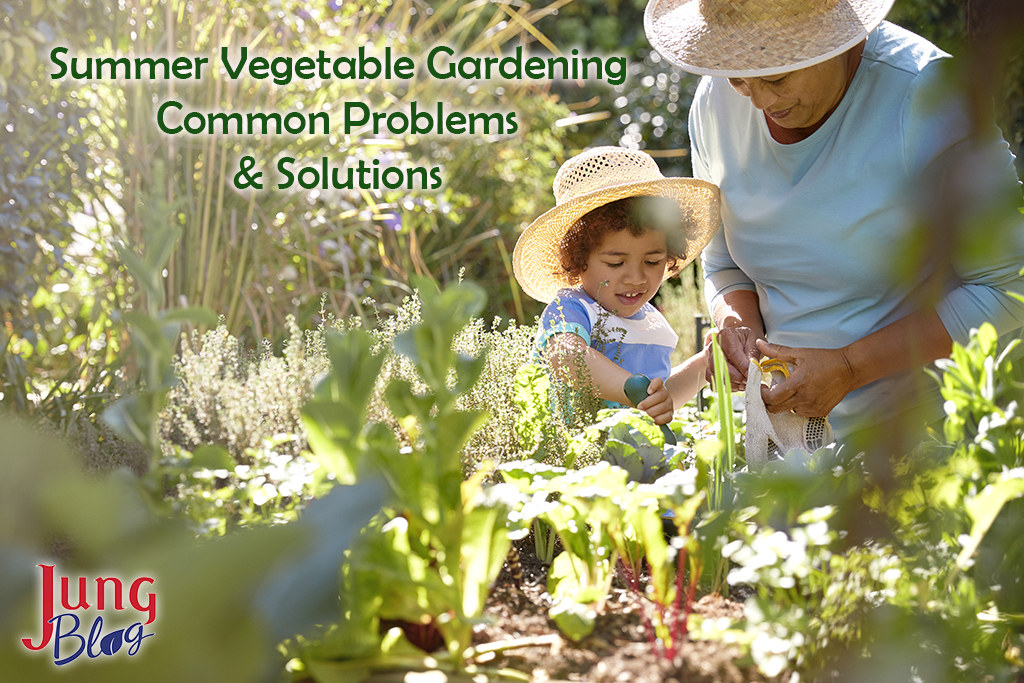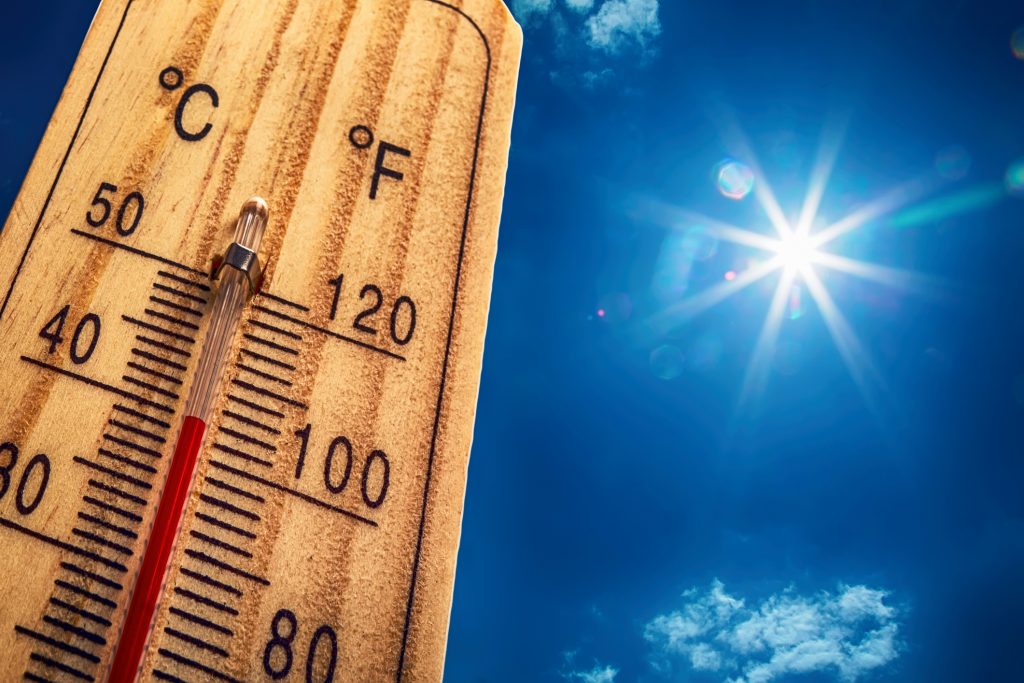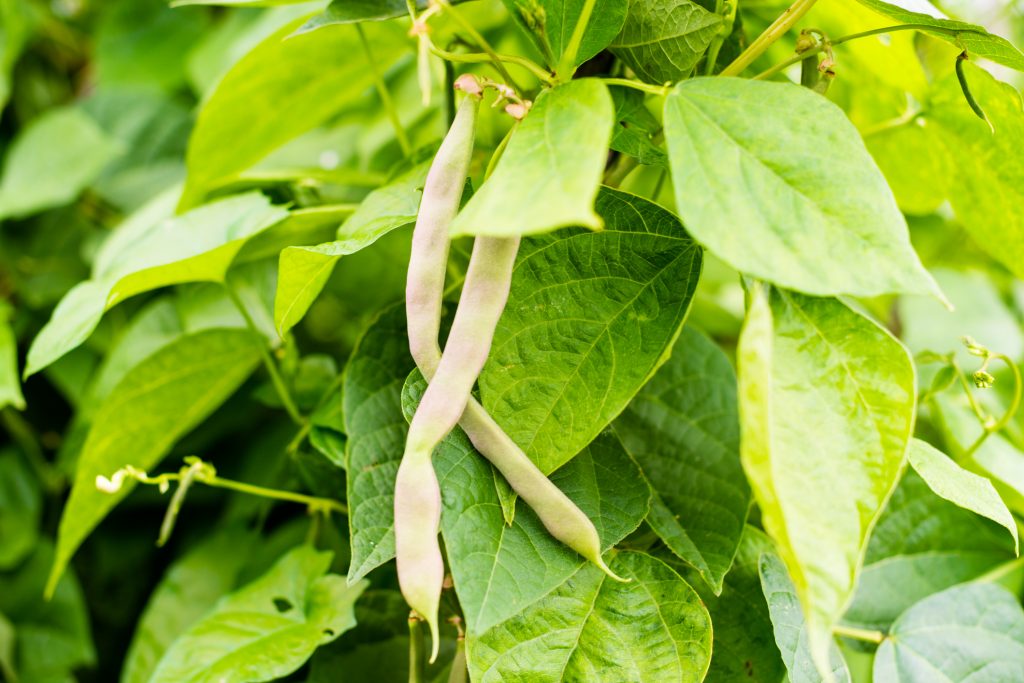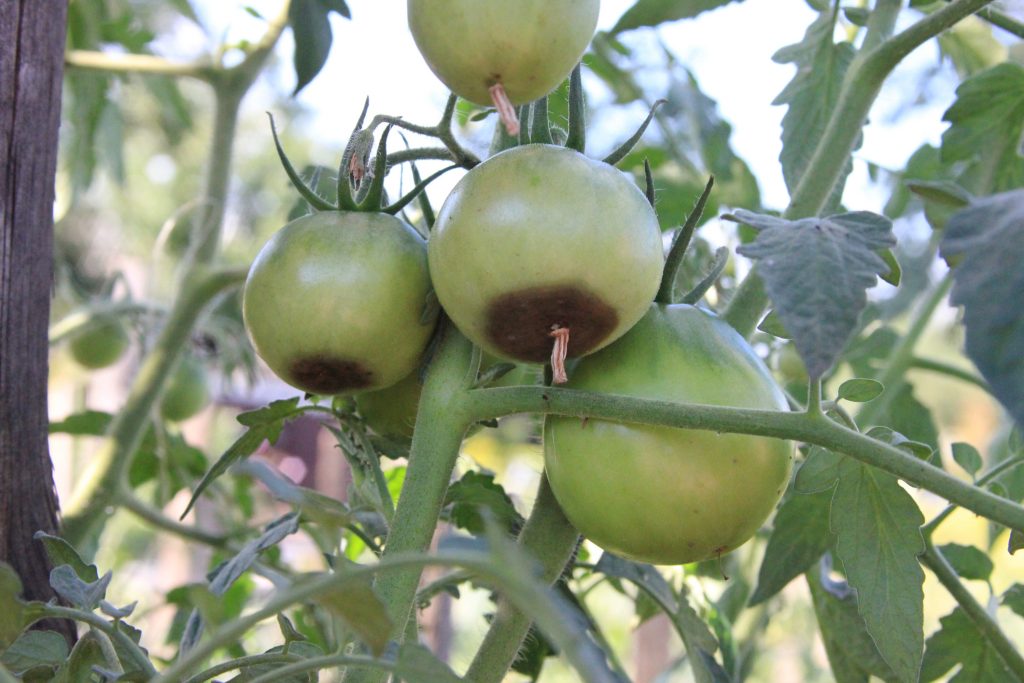
Updated: July 17, 2025
We know this time of year the weather can get hot. For us, we can stay cool by being indoors but what about our vegetable plants?
Problems With Higher Temperatures

High temperatures can wreak havoc in our gardens. Do you have radishes producing all greens and no bulbous roots? It’s the heat. Do you have lettuce or broccoli plants pushing up bloom stalks? They are bolting from the heat. The solution to these couple of examples is simple, plant earlier in the spring and replant additional crops for fall harvest. Don’t sweat the small stuff. Gardening is tough enough to have to worry about things like this that can be simply avoided by paying attention to timing.
Why Are My Vegetables Not Producing?

There are other issues that high temperatures will cause in your garden too. Many plants may just fail to set fruit and produce. Tomatoes, peppers, beans, squash, and other summer crop items will exhibit little to no fruit set when daytime temperatures rise over 85°F to 90°F degrees. When plants are subjected to these higher summer temperatures, they will produce poor to even sterile pollen. With no viable pollen, flowers abort and drop off of plants and new flowers may not be produced until the weather breaks and the resulting bloom production may be slowed.
When temperatures do rise, most savvy gardeners will reach for their little bottle of Tomato & Blossom Set Spray. This blossom spray is derived from natural plant hormones and when sprayed onto open vegetable flowers, it fools them into believing they have been pollinated and Voilá they set fruit! Tomatoes, beans, cucumbers, eggplant, melons, okra, peppers, strawberries, and grapes will also often set fruit earlier when treated with Bonide® Tomato & Blossom Set Spray. Even for plants that may have set fruit, those fruits will ripen much slower than normal from plants being stressed by the heat.
Summer Concerns For Tomatoes

Tomato Leaf Roll is a very real physiological phenomenon that tomato plants specifically can experience. Although this abnormal leaf curl can also be caused by excessive moisture or higher levels of nitrogen in the soil, by far the most common cause is from heat stress and then potentially drought conditions caused by insufficient watering. Oddly enough, indeterminate varieties are more prone to this specific summer occurrence than are determinate varieties. So, if this has become a common or regular occurrence on your tomatoes, think about your variety selection carefully in the spring when you are choosing seeds. Maintaining adequate and consistent watering (1 in. per week), use ample mulching around plants, avoid using high nitrogen fertilizers, and erect temporary shade over tomato plants during excessive hot spells.
Summer Concerns For Beans

Bush beans can, when stressed by heat, end up growing more like their vining pole bean ancestors. This is a common summer ailment for plants that were started a bit too late in the season. Again, starting plants earlier, using fresh inoculants, and avoiding high nitrogen fertilizers usually gardeners can avoid this type of “reversion” issue. All bush beans were originally bred from pole beans, so it is not unusual for some to grow this way when they have become stressed. Excess shade on a bush bean planting can be another cause of vining and less compact plants. If this happens to your plants, the solution is to simply prune back any vining stems back into shape to assist the plant to develop its intended bushy form.
How To Prevent Blossom End Rot

Blossom End Rot is also common during hot weather and is seen in tomatoes, peppers, eggplant, cucumber, and squash. Prevention starts in spring with the addition of ample amounts of rich compost and organic material into the garden beds prior to planting.
Another way to prevent Blossom End Rot is fertilizing with specific tomato and vegetable foods. Dave Thompson’s Organic Healthy Grow is offered in two excellent granulated formulations. One is Vegetable & Herb and the other is Tomato formula 3-3-6 with extra calcium. Calcium is the main secondary nutrient that plants need to resist the effects of blossom end rot.
Consistent and adequate watering (1 in. per week) is also the best way you can help prevent blossom end rot on your fruit. Mulching helps maintain soil moisture while suppressing weeds and helps protect against soil-borne fungal diseases.

Remember, you cannot do anything about the weather. Every summer we know it will get hot, so look for bolt-resistant varieties, buy and apply more mulch, and plant a little bit earlier in the season to help your plants avoid some of these common hot weather issues. Then grab a frosty mug of your favorite root beer and relax under the ceiling fan.
Other Recommended Reading

- 5 Tips For Reducing Plant Stress
- Tomato Growing Guide
- Pepper Growing Guide
- Garden Pests: Japanese Beetles
- How To Prevent Bolting In Vegetable Crops
- How To Prevent Yellow Shoulder Disorder On Tomatoes
- Black Rot On Grapes: Prevention & Management
- How To Manage Common Watermelon Fungal & Bacterial Diseases

At Jung Seed Co, we strive to be your go-to guide for all your gardening needs. Our YouTube channel The Garden Doctor by Dick Zondag is where he provides gardening tips for all levels of gardeners. When you need reliable gardening advice, turn to the trusted experts at Jung.
View our new catalog online or browse our website for your gardening favorites. To receive info on new products, exclusive deals, and specials, be sure to sign up for our weekly email. Join our Facebook page, to discuss all things gardening!
